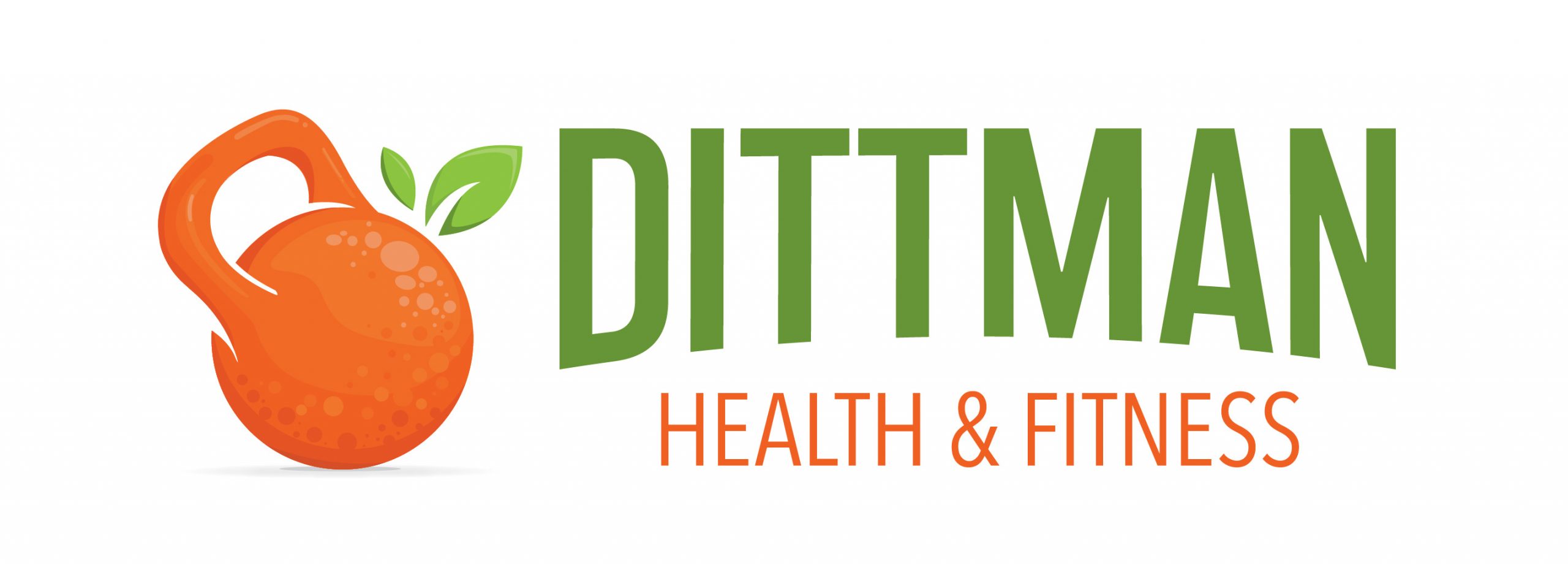Goals- Some people set them, most people don’t.
It’s that time of year again where many people will try to set goals and resolutions for the new year.
The only problem is, most of these resolutions fall flat on their face in a few weeks.
Are you looking to get into fitness for the first time? Have you fallen off track a little bit and are trying to get back into the swing of things?
Either way, taking a SMART approach to goal setting will ensure your lasting success and results.
SMART goals
SMART is an acronym that stands for the following:
Specific
The goal must be specific so that you know when you have achieved it. Don’t set a goal to “get toned” or “lose some weight and be healthy”. These goals are too vague and you will never know when you have achieved success. Instead set a specific goal such as “I will weigh 130 pounds” or “I will squat 400 pounds”. As Brian Tracy says, vague goals produce vague results.
Measurable
For a goal to work it must also be measurable, meaning that you must be able to track its progress. If your goal is to weigh 130 pounds, you would measure this at predetermined intervals to make sure you are on the right track. So, weekly weigh ins would probably be the best bet for that. For squatting 400 pounds, every once in a while do a test to see where your strength levels are at.
Attainable
An attainable goal is one that is not too insane. If you currently squat 45 pounds, setting a goal to squat 400 by June is very unlikely to happen. It’s good to know where you stand and make goals that are attainable and not too unrealistic.
Relevant
Make goals that are relevant to you! Don’t try to lose weight because someone else wants you too. The goals you set should be for you and should help motivate you. If you are setting a goal for someone else, you may achieve it but you will dread every second of it.
Time-Bound
Lastly, set goals that have an end point. “I want to weigh 130 lbs by March 31”. Beautiful. It is specific and has a time frame to help motivate you to keep going. Having that time frame will help motivate you to keep going. If you set a goal that is indefinite you are less likely to ever achieve it knowing you have all the time in the world to get it done.
Wrapping it all together
So let’s go ahead with the above examples and see what a fully written SMART goal looks like.
“I will weigh 130 pounds by March 31. To achieve this goal I will eat 500 less calories per day, follow a lifting routine, and do daily cardio. To track my progress I will weigh myself weekly.” To make this realistic let’s assume this person is currently 155 pounds which makes it roughly 2 pounds per week to lose from now, which is healthy.
“I will squat 400 pounds by March 31. To achieve this goal I will follow Jonnie Candito’s program with weekly tests to see where I’m at strength wise.” Again to make it realistic let’s say this person already squats 375 which is not too far a stretch.
So that’s all there is to it. Don’t randomly cut carbs on January 1st to “lose some fat”. Don’t eat 1200 calories a day and start running 6 days a week when you haven’t done any activity the last year. These things will backfire and you may end up worse than when you started. Fitness is a lifestyle, it takes time and consistent effort to see results- so don’t be in a hurry.
Just remember, when you sit down to set your goals for 2017-be it fitness or for other areas of life-make sure you set SMART ones to ensure your success.
Are you setting SMART fitness goals? Do you struggle with goal setting? Comment below!
